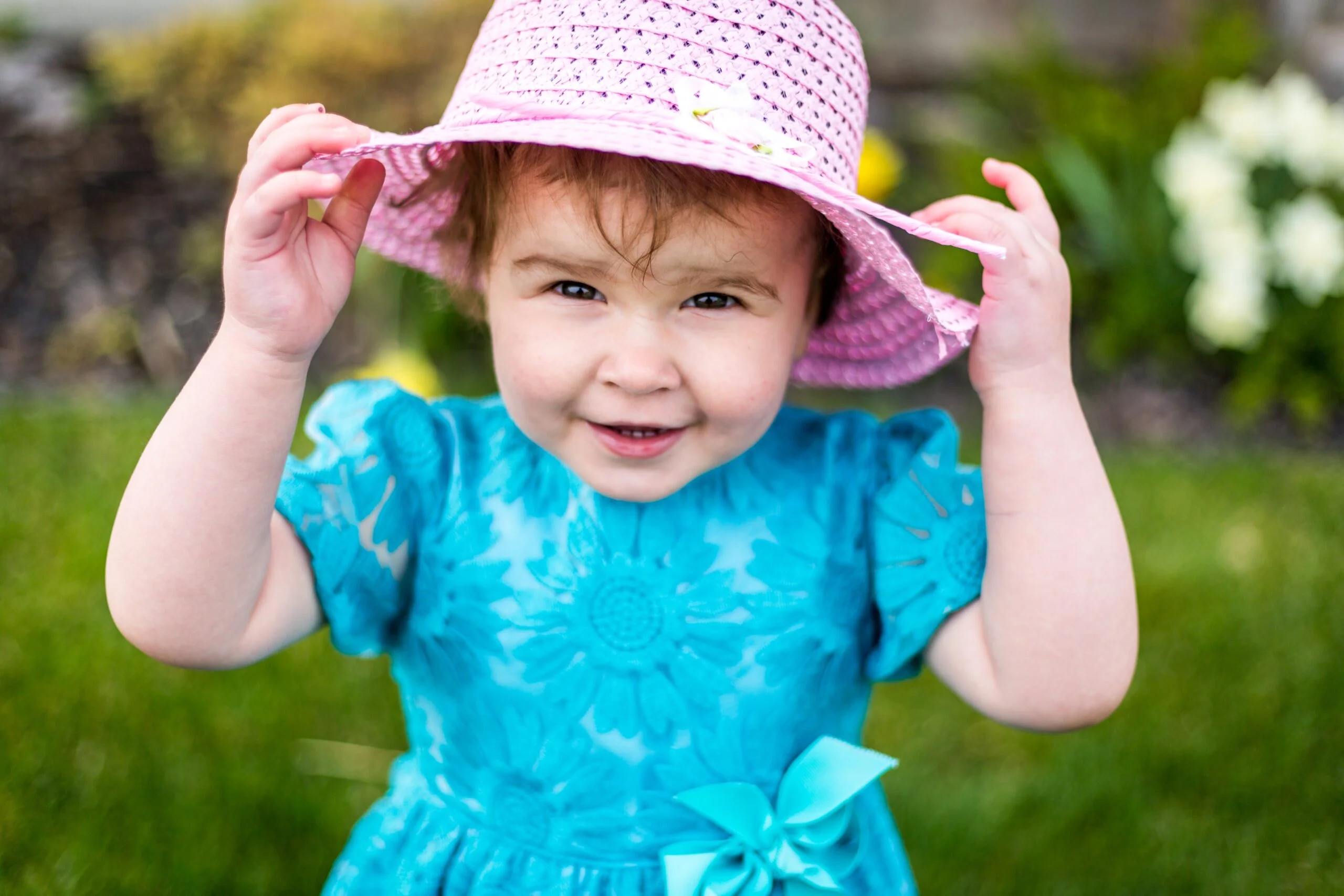Every child develops at his or her own rate. While it is human nature to compare your child with other children in a peer group, children accomplish speech and language skills at different speeds.
Some children may show signs of struggle during speech and communication development. However, they will merely reach certain milestones later than other children. And though reaching milestones within the expected time frame is a good indication that healthy and normal development is occurring, often when milestones are met later than the norm, there is nothing to worry about. Then again, sometimes there is.
“Many parents believe their children will grow out of their communication problem,” says American Speech-Language-Hearing Association (ASHA) president Catherine Gottfred. “That does happen. However, for those children struggling to reach the important milestones, their ability to learn and communicate can be adversely affected. We recommend that children having difficulty with language and communication be seen by a certified speech-language pathologist who can be crucial to their speech, language and pre-literacy skills, no matter their age.”
According to ASHA, early intervention with a speech-language pathologist can help your child develop speech and language skills, which are strongly linked to thinking ability, social relationships, reading, writing and overall success in school.
Below are a few milestones taken from ASHA’s brochure How Does Your Child Hear and Talk? that, on average, children from birth to 5 years should accomplish. Typically, children do not master all items until they reach the upper age in each group, sometimes later.
Remember, it’s not imperative that each milestone be met during the exact age range. This is simply a guideline. Just because your child has not accomplished one skill within his or her age range does not mean your child has a disorder. However, if your child has not met any of the milestones in a certain age group, schedule a visit with an ASHA-certified speech-language pathologist.
Birth to 6 Months
How your baby communicates includes different types of crying, making sounds, recognizing familiar faces, making eye contact and smiling. Babies at this age begin to make connections during particular times of the day when routine actions like feedings occur. Talk to your baby during these routines to help him learn about and engage in each activity.
Your baby begins to vocalize using cooing sounds that sound more speech-like as he approaches 6 months. He also has a different cry to indicate different needs.
When to be Concerned:
- Your baby has difficulty feeding or swallowing.
- Your baby is not making any sounds or rarely makes sounds.
- Babbling lacks variations in pitch.
- The baby fails to recognize the primary caregiver’s voice.
7 Months to 1 Year
The onset of speaking words begins. The baby starts to move, exploring the environment and seeking names of objects. This is a good time for parents to begin naming objects and repeating them over and over.
Your baby says at least one or two words, such as “bye-bye,” “dada” or “mama.” Vocalizations now have both long and short groups of sounds, such as “didi,” “didida” and “upupupup.” Your baby imitates speech sounds, and uses speech or non-crying sounds to get attention.
When to be Concerned:
- If your child is not trying to put sounds together or is only producing the same sound with no variation in pitch.
- Note: During this time your child is learning to walk, and speech and communication development may stall a bit. Once your child is fully walking, you should see development and vocabulary progress at a more rapid pace.
1 to 2 Years
Expect the beginning of exchanges of conversation between you and your child. Your child may ask, “what that?” and you might answer, “a book.” Encourage this conversation to continue by opening the book and reading aloud.
Your child’s vocabulary increases every month. He begins to combine one-to-three word questions such as, “where cookie?” and two-to-three word phrases such as “want more juice.” Your child begins to use different consonant sounds at the beginning of words.
When to be Concerned:
- Your child is not adding words to his vocabulary or is not interested in the conversation exchanges as stated above. Note: Correct articulation at this stage of development is not important. For example, do not be concerned if your child says “do” when you know he means “go.”
2 to 3 Years
During this stage, children generally should be putting sentences together, making multiple utterances and requests and commenting on the environment. You should notice a reduction in non-words or babbling with words replacing gestures. Children at this age should have approximately 50-200 words in their vocabulary.
Speech is understood by people most familiar with the child. The child is able to directly ask for things using two-to-three word phrases and/or by naming the object.
When to be Concerned:
- Your child gets upset when his routine gets changed.
- He has difficulty understanding simple instructions, such as “grab your coat.”
- Your child does not seem interested in learning new words or naming objects.
- Your child has a very limited vocabulary.
3 to 4 Years
Children begin to carry on conversations and answer questions. Children at this age understand concepts of time, such as yesterday and tomorrow, and are able to tell you about events that occurred yesterday or earlier today.
Your child can talk about activities at school or friends’ homes coherently. He speaks in sentences that have at least four or more words, and begins to talk easily without repeating syllables or words. Also, most people understand when the child speaks.
When to be Concerned:
- Your child has difficulty hearing what’s being said when not looking at the speaker’s face, like when you’re driving.
- Your child does not understand or remember— or is unable to articulate— an event that just happened that he enjoyed.
- Your child is unable to recall any information whatsoever.
4 to 5 Years
Children produce almost all sounds correctly and say sentences of an average length of five words. Children increasingly use adjectives in their language.
The child’s voice is clear, and his sentences have many details. Your child tells stories that stick to the topic. Most sounds are said correctly with few exceptions. Your child uses the same grammar as household members and communicates easily with both children and adults.
When to be Concerned:
- Your child has difficulty talking with groups of people he does not see often.
- Other people have difficulty understanding what the child is saying.
- The child has difficulty telling stories, describing events and producing most consonants.
If you feel your child should visit a speech-language pathologist, do not delay. The earlier treatment starts, the better. Early identification and treatment of hearing, speech and language disorders can prevent problems with behavior, learning, reading and social interactions.




